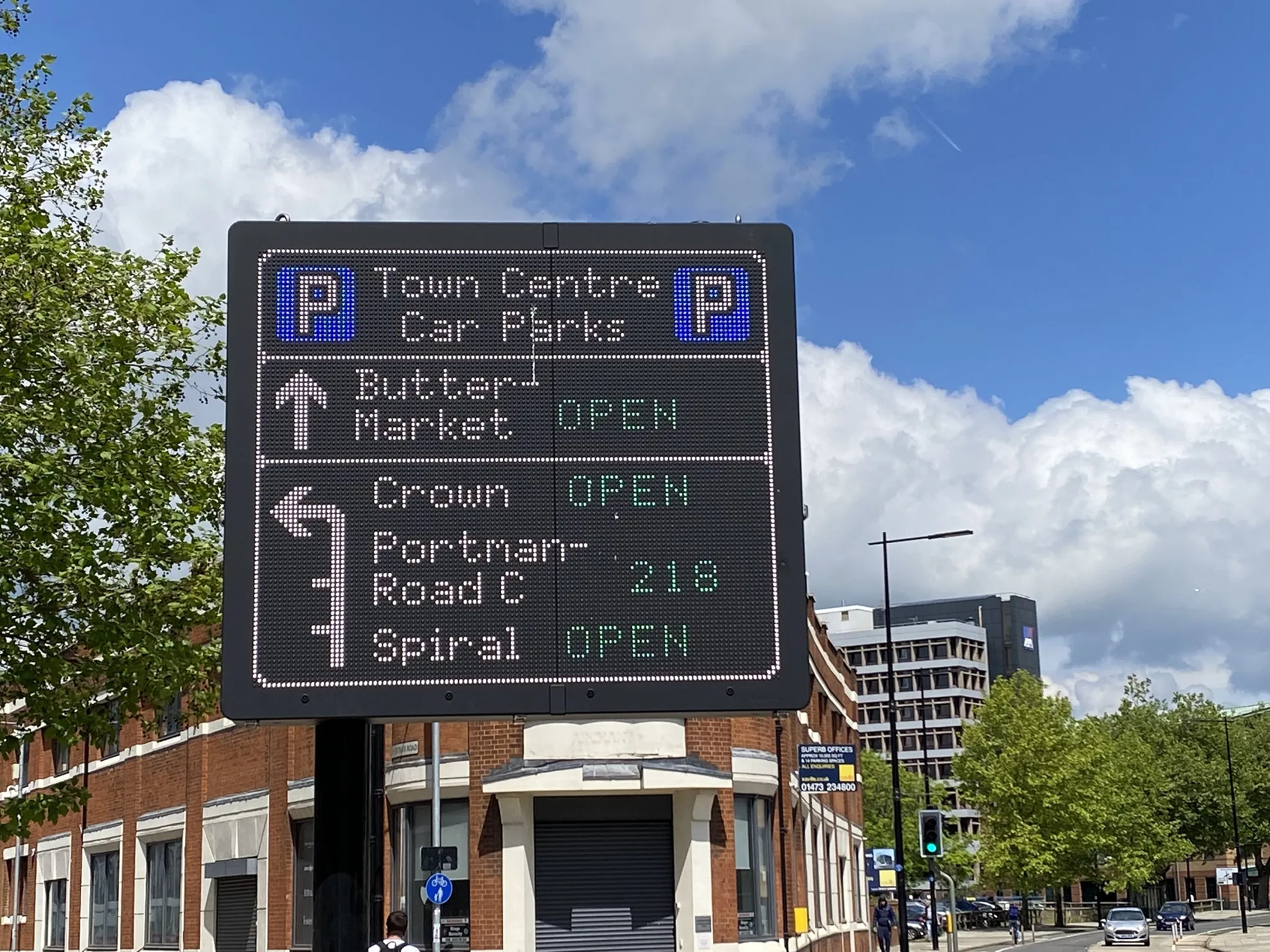Westminster City Council, in the heart of London, has invested around US$800,000 in new GPS-guided gritting trucks for winter road maintenance.
March 14, 2012
Read time: 1 min
Westminster City Council, in the heart of London, has invested around US$800,000 in new GPS-guided gritting trucks for winter road maintenance.
The new machines – six 18 tonne payload and two 10 tonne payload gritters - will be controlled from a central command centre as they operate throughout some 1,000 kms of road and pavement in Westminster borough.
Each truck will be tracked by the on-board GPS unit, while sensors will indicate whether or not each vehicle is spreading salt or just travelling. An on-board satellite navigation unit allows drivers to be given visible instructions of where to go and the best route to get there, delivering greater round efficiency and ensuring salt is spread where it is most needed.
The new machines – six 18 tonne payload and two 10 tonne payload gritters - will be controlled from a central command centre as they operate throughout some 1,000 kms of road and pavement in Westminster borough.
Each truck will be tracked by the on-board GPS unit, while sensors will indicate whether or not each vehicle is spreading salt or just travelling. An on-board satellite navigation unit allows drivers to be given visible instructions of where to go and the best route to get there, delivering greater round efficiency and ensuring salt is spread where it is most needed.









